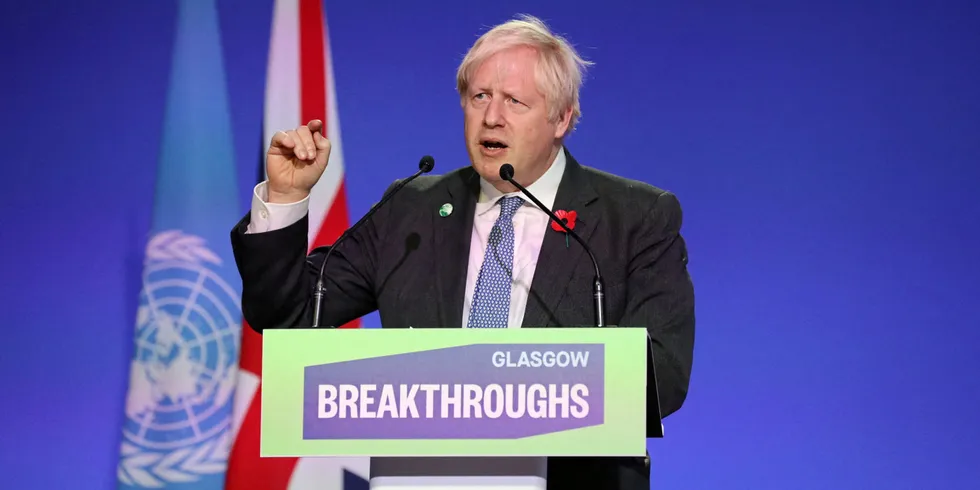Nations agree to ensure clean hydrogen is affordable and available globally by 2030
A total of 32 countries, plus the EU, will work to accelerate the growth of renewable and 'low-carbon' H2 — one of four new 'Glasgow Breakthroughs' goals that seek significant progress on clean tech by the end of the decade
